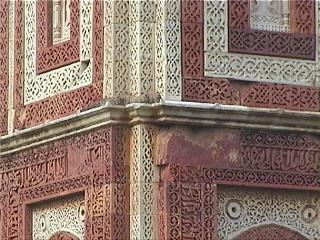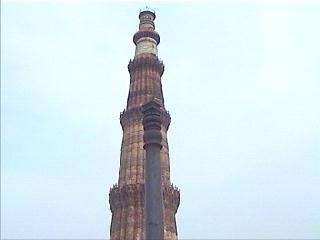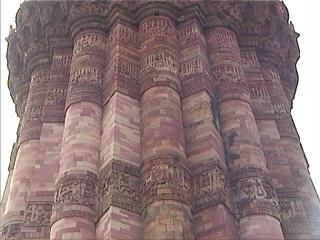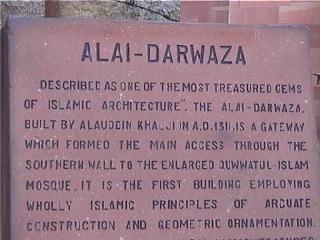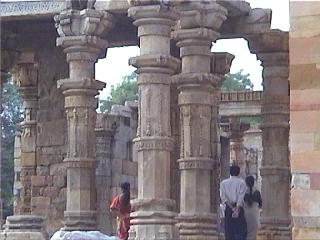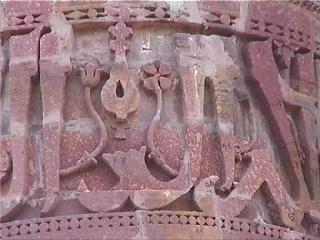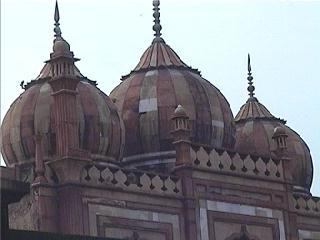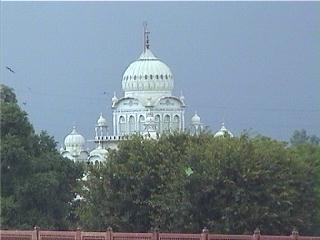 |
Not everthing was seen in the rain. All we had to do was wait a few minutes or drive a kilometer or two and the rain would disappear. We remember the unique thing about this monument was that it was completely covered with beautiful marble taken from another monument - the other left ugly and naked with no facade. Rajas, when it was their turn to rule, wanted monuments to impress but they didn't always want to pay top rupee for it. |



